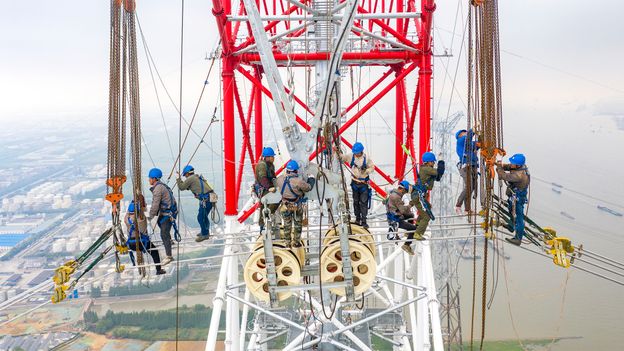Summary
China leads the world in ultra-high-voltage (UHV) power transmission, with 48,000km of UHV lines connecting remote renewable energy sources, like wind, solar, and hydropower, to urban centers.
UHV lines minimize energy loss over long distances, earning them the nickname “bullet trains for power.”
Initially designed for coal and hydro, these lines now support China’s renewable energy expansion.
However, challenges remain, including high costs, dependence on coal for stability, and limited local integration.
Globally, countries like Brazil and India are adopting UHV, but regulatory and cost barriers hinder broader deployment, especially in the U.S.



Wait, how does hydro release methane?
To dam a river you flood the upstream portion to create a height difference in the river that your can use to generate electricity.
This flooding submerges MASSIVE amounts of vegetation which undergoes anaerobic decomposition releasing tons of methane. It’s a one time thing, but it’s actually up there when you include the expected lifetime of a hydro plant, and the fact that methane is a very powerful greenhouse gas.